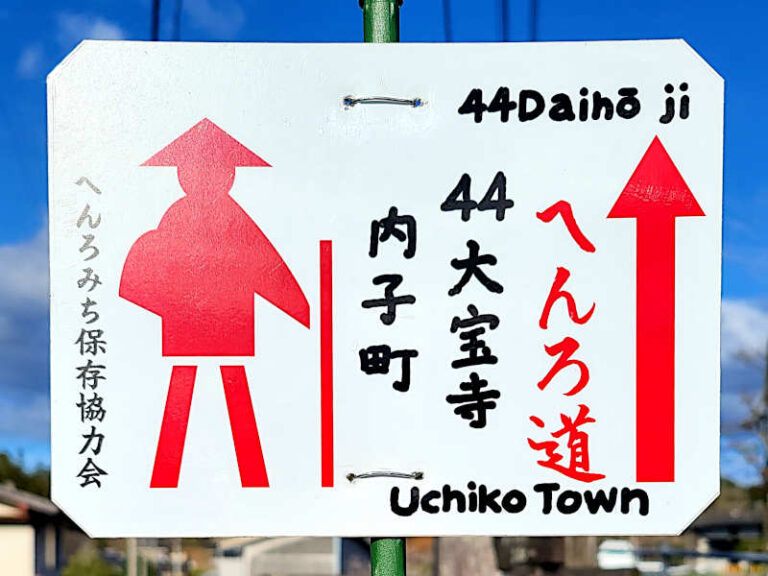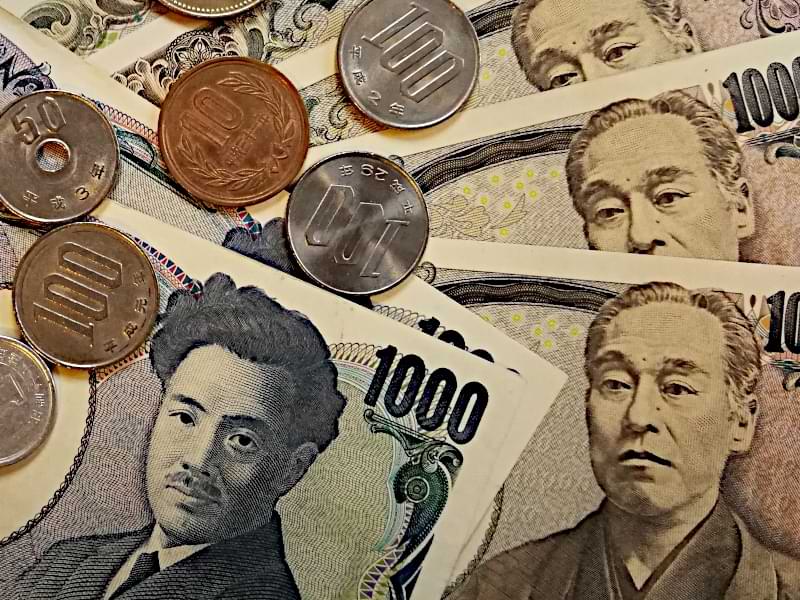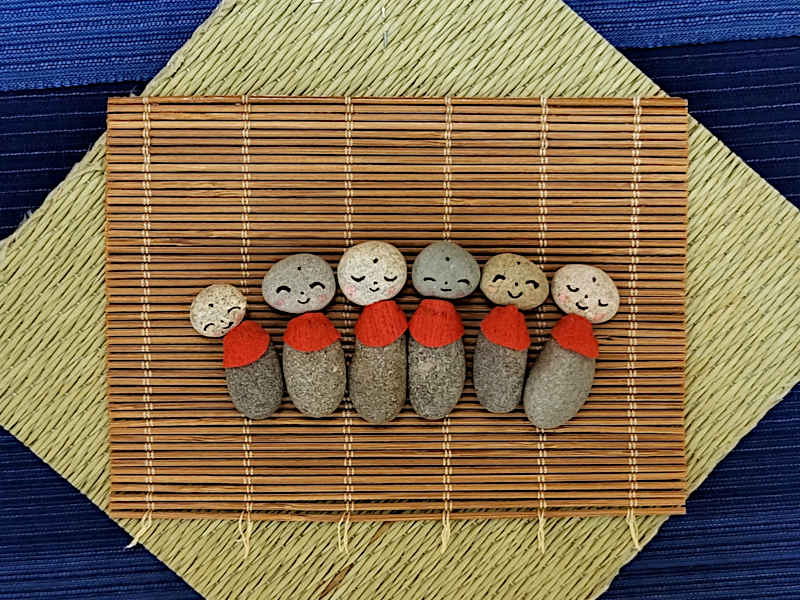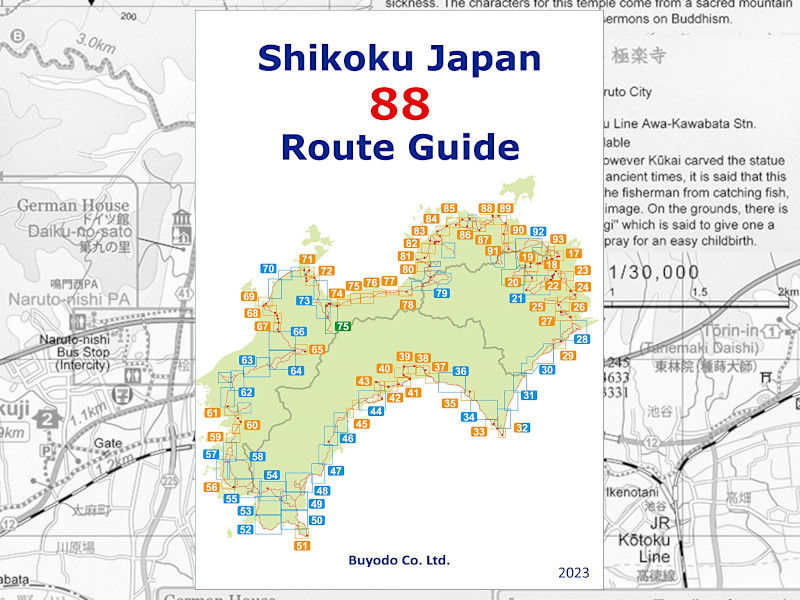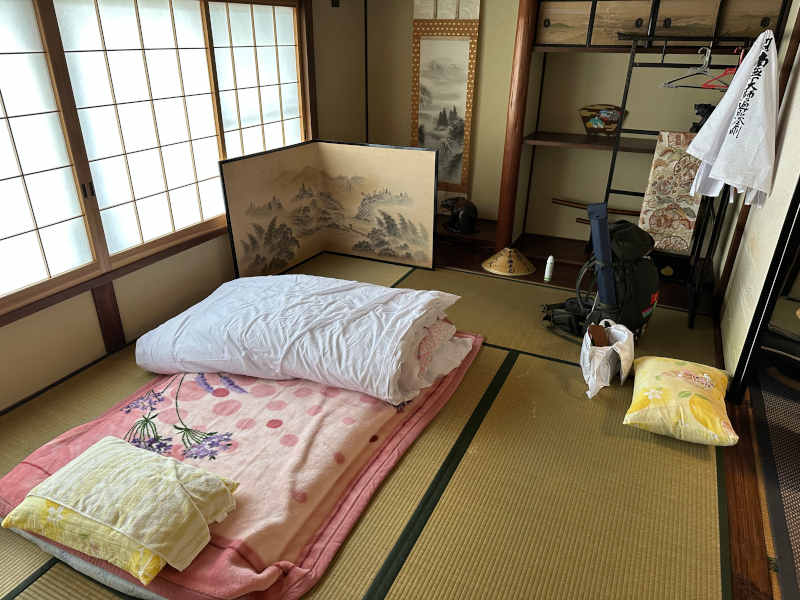Experience the fascinating Shikoku Pilgrimage, which leads to 88 Buddhist temples on the Japanese island of Shikoku.
This spiritual journey stretches over 700 miles (1150 kilometres) – from the first temple, Ryōzenji, to the 88th temple, Ōkuboji.
Find out how best to plan the duration and stages of the Shikoku Pilgrimage.
Distance information from Shikoku Japan 88 Route Guide.
Duration of the Shikoku Pilgrimage
The number of days you need to complete the entire pilgrimage depends on various factors. These include daily walking time, your personal pace and the number of rest days.
Additional routes for temple visits, from the pilgrimage route to your accommodation and back, as well as detours, can account for 5 to 15% of the route.
The total length of the pilgrimage then is approximately 800 miles (1250 km).
With an average daily distance of 19 miles (32 km), it will take 42 days to complete the pilgrimage. The daily walking time varies between 5 and 7 hours, depending on your personal pace and the profile of the route.
Please also allow for arrival and departure days and any rest days during the pilgrimage.

Duration of the pilgrimage to the 88 temples
| mi/km on foot per day (average) | Total distance1 | Duration (days) | Duration (weeks) |
|---|---|---|---|
| 10 mi (16 km) | 800 mi (1250 km) | 80 | 11.5 |
| 12.5 mi (20 km) | 800 mi (1250 km) | 64 | 9 |
| 15 mi (24 km) | 800 mi (1250 km) | 53 | 7.5 |
| 17.5 mi (28 km) | 800 mi (1250 km) | 46 | 6.5 |
| 20 mi (32 km) | 800 mi (1250 km) | 40 | 5.75 |
| 22.5 mi (36 km) | 800 mi (1250 km) | 36 | 5 |
| 25 mi (40 km) | 800 mi (1250 km) | 32 | 4.5 |
| 27.5 mi (44 km) | 800 mi (1250 km) | 29 | 4 |
| 30 mi (48 km) | 800 mi (1250 km) | 27 | 3.75 |
1 700 miles (1150 km) from temple 1 to temple 88 and back to temple 1 plus approx. 10 % for additional ways
Duration of the pilgrimage to all 88 temples and to the 20 bekkaku
For those who also visit all 20 subsidiary temples (bekkaku) on their pilgrimage, the direct route is extended by a further 100 miles (200 km).
| mi/km on foot per day (average) | Total distance2 | Duration (days) | Duration (weeks) |
|---|---|---|---|
| 10 mi (16 km) | 900 mi (1450 km) | 90 | 13 |
| 12.5 mi (20 km) | 900 mi (1450 km) | 72 | 10.25 |
| 15 mi (24 km) | 900 mi (1450 km) | 60 | 8.5 |
| 17.5 mi (28 km) | 900 mi (1450 km) | 51 | 7.25 |
| 20 mi (32 km) | 900 mi (1450 km) | 45 | 6.5 |
| 22.5 mi (36 km) | 900 mi (1450 km) | 40 | 5.75 |
| 25 mi (40 km) | 900 mi (1450 km) | 36 | 5 |
| 27.5mi (44 km) | 900 mi (1450 km) | 33 | 4.75 |
| 30 mi (48 km) | 900 mi (1450 km) | 30 | 4.25 |
2 800 miles (1300 km) from temple 1 to temple 88 and back to temple 1, including the 20 bekkaku temples plus approx. 10 % for additional routes.
Length of the daily stages
The length of the daily stages varies from pilgrim to pilgrim and depends on a number of factors::
- How many temples you visit in a day and how much time you spend in each temple. A guideline is 15 to 30 minutes per temple.
- Overnight stay. On some days you may have to walk more or less miles because there is no accommodation within the desired distance.
- Profile of the route. If you have to climb steep hills, you will cover significantly fewer distances per hour.
- Your current health and any unexpected health problems.
For example, if you plan to walk an average of 20 miles (32 km) per day, it is quite possible that on some days you will only walk 12 miles (20 km) or even less. On other days it will be well over 20 miles (32 km).
On my last pilgrimage, the shortest daily distance was 10 miles (16 km) and the longest 23 miles (37.5 km).
Map and elevation profile of the Shikoku Pilgrimage
Many thanks to Matsushita-San, editor of the “Shikoku Japan 88 Route Guide”, for providing the elevation profile of the Shikoku Pilgrimage.
88 Temples in 55 Days
Oliver Dunskus, the author of the book, has divided the 700 miles (1150 km) into 55 daily stages, with distances ranging from 10 to 20 miles (15 to 30 km):
“88 Temples in 55 Days” by Oliver Dunskus (in English)
Even pilgrims who do not plan 55 days for their pilgrimage, the book offers valuable tips on route planning and accommodation.
